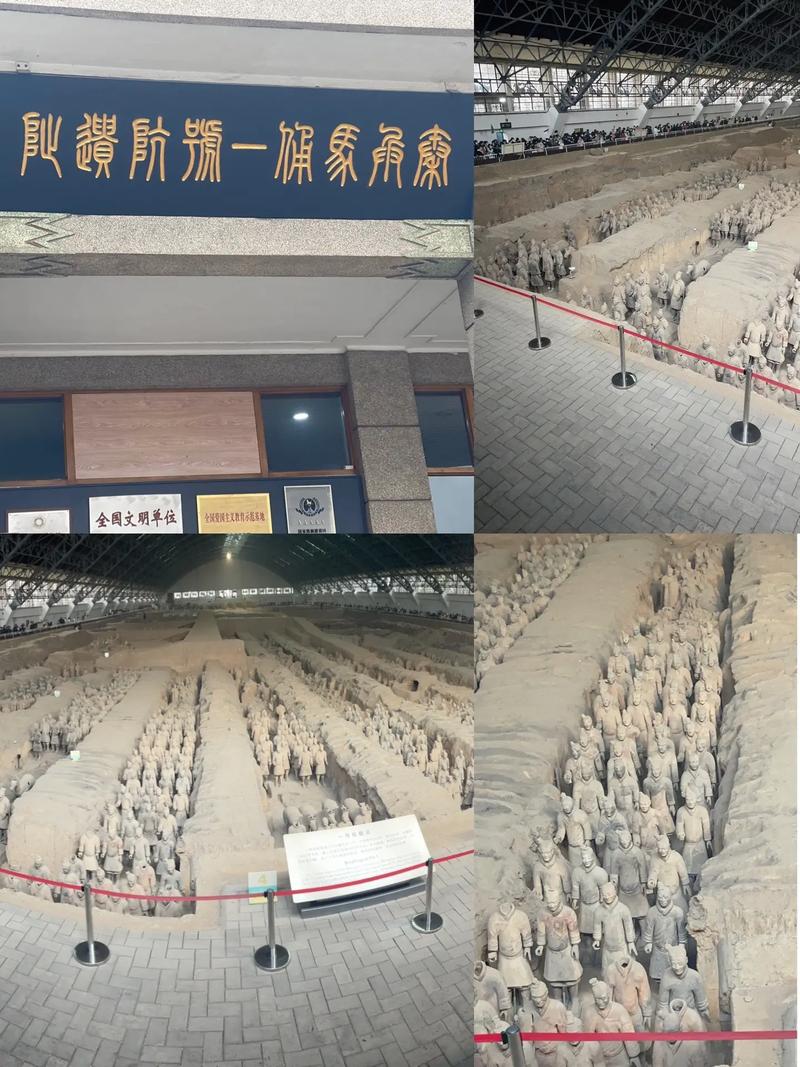
Where Are the Terracotta Warriors Located?
The Terracotta Army is one of the most significant archaeological discoveries of the 20th century and a UNESCO World Heritage site. These life-sized clay soldiers, chariots, and horses offer a glimpse into the military might and artistry of ancient China.
The Terracotta Warriors' Home: Guanzhong Area, Shaanxi Province
The Terracotta Army is situated in the Guanzhong area of Shaanxi Province, located in Northwest China. Let's delve deeper into the geographical context:
Shaanxi Province: A Historical Heartland
- Shaanxi Province occupies a strategic position in the heart of China, often referred to as the "cradle of Chinese civilization."
- It served as the capital for numerous dynasties, including the Qin dynasty, during which the Terracotta Army was created.
The Guanzhong Area: A Fertile Basin
- Within Shaanxi lies the Guanzhong area, a fertile basin formed by the Wei River.
- This region's agricultural richness and strategic importance made it an ideal power base throughout Chinese history.
Location of the Mausoleum
- The Terracotta Army is buried approximately 1.5 kilometers east of Emperor Qin Shi Huang's mausoleum.
- This location, near Mount Li, was carefully chosen according to the principles of Feng Shui, aiming to harmonize the emperor's resting place with the surrounding landscape.
Shaanxi's Neighbors: A Network of Inland Provinces
Shaanxi's central location within China means it's surrounded by a network of inland provinces:
North: Inner Mongolia
- Shaanxi shares its northern border with the vast Inner Mongolia Autonomous Region, known for its grasslands and nomadic culture.
East: Shanxi and Henan
- To the east, Shaanxi is bordered by Shanxi and Henan Provinces, both steeped in history and cultural heritage.
- Shanxi, in particular, is famed for its ancient temples and coal reserves, while Henan is considered the birthplace of Chinese Kung Fu.
South: Chongqing, Sichuan, and Hubei
- Moving south, Shaanxi connects with Chongqing Municipality, known for its spicy cuisine and mountainous terrain.
- Continuing south, we reach Sichuan Province, famed for its giant pandas and Sichuan peppercorns, and Hubei Province, home to the Three Gorges Dam and the Wudang Mountains.
West: Gansu and Ningxia
- To the west, Shaanxi meets Gansu Province, a crucial section of the ancient Silk Road, and Ningxia Hui Autonomous Region, known for its desert landscapes and significant Muslim population.
Visiting the Terracotta Army
Today, the Terracotta Army is housed in the Museum of the Terracotta Army, a purpose-built facility near the discovery site. The museum offers visitors an unparalleled opportunity to witness this ancient wonder firsthand.
Q&A
1. What is the best time of year to visit the Terracotta Army?
Spring (March-May) and autumn (September-November) offer pleasant weather and fewer crowds.
2. How do I get to the Terracotta Army from Xi'an?
Regular tourist buses depart from Xi'an's city center to the museum, making it a convenient day trip.
3. Are there other historical sites near the Terracotta Army?
Yes, Shaanxi Province is brimming with historical treasures, including the ancient city walls of Xi'an, the Giant Wild Goose Pagoda, and the Famen Temple.